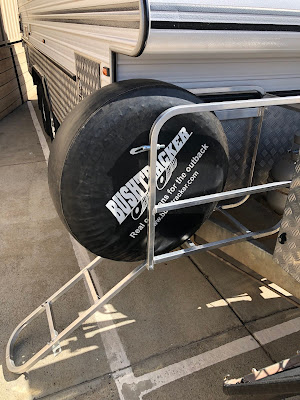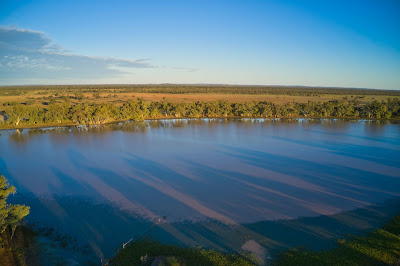We check our bearings every 10,000 km without fail. We have been doing this for many years, even when towing camper trailers, and touch wood, we have never encountered any problems.
Following a trip earlier this year and our recent journey, which covered 5,500 km, including 1,400 km over rough, corrugated dirt roads, it was definitely time for this service.
I usually replace the sacrificial anode in our Suburban hot water system, but recently we have experienced lighting issues. The team at ABCO will replace it while they service the system.
Our current wind-up Cruisemaster VC stand is being replaced with a new 12-volt jack.
The Bulldog-powered jack, rated at 3500 lbs, is now standard equipment on all Bushtrackers and has been found to be very reliable. The jack comes with a handle that can be used in case of power failure. Hopefully, we will never need to use it, especially with our current 300Ah lithium batteries and 600 amp hours of solar panels on our roof.
Our local canvas shop has created a transparent cover that can be used without removal, and Ros has designed a canvas waterproof jacket that fits over it to further protect it from moisture and UV rays.
Another addition was the installation of tyre carriers that incorporate a fold-down ramp for easier removal and replacement of tyres. So, thankfully, in the event of a tyre blowout or puncture, there will be no more lifting heavy tyres weighing over 35 kg.






























































